<< Previous | Displaying results 3651-3700 of 6769 for "" | Next >>
Brihah was a postwar, clandestine movement that helped Jews emigrate from eastern Europe into the Allied-occupied zones and Palestine or Israel. Learn more.
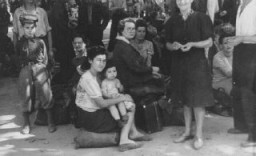
Learn about the establishment and administration of displaced persons camps after WWII and the experiences of Jewish DPs.
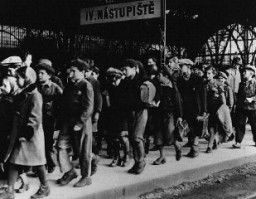
The plight of Jewish refugees aboard the Exodus 1947 captured the world's attention and symbolized the struggle for unrestricted immigration into Palestine.

Salonika, Greece was invaded and occupied by the Nazis in 1941. Learn more about the fate of the Jews in Salonika during World War II.
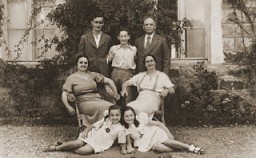
The Germans established the Breendonk internment camp in a fortress near Antwerp, Belgium. Hundreds of people died there by torture, executions, and harsh conditions.
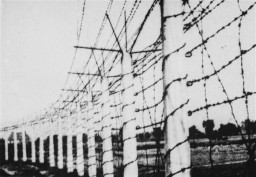
The Theresienstadt camp/ghetto served multiple purposes during its existence from 1941-45 and had an important propaganda function for the Germans. Learn more.

The Mechelen camp, halfway between Antwerp and Brussels, was a transit camp for the deportation of Jews from Belgium during the Holocaust.
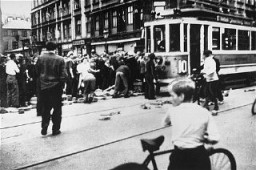
In May 1939, the St. Louis set sail from Germany to Cuba. Most of the passengers, fleeing Nazi Germany, were denied entry. Learn more about their fates.
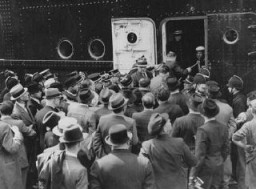
The Germans conquered Belgium in May 1940. Learn about the occupation, anti-Jewish laws and ordinances, detention camps, and deportations of Jews from Belgium.
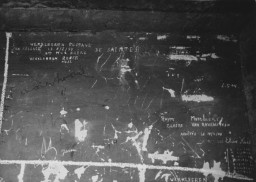
The Nazi regime targeted Jehovah’s Witnesses for persecution. Learn about the history of Jehovah’s Witnesses in Germany before and after the Nazi rise to power.
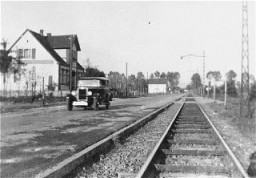
Learn about Amsterdam during World War II and the Holocaust, including deportations of Jews to concentration camps and killing centers.
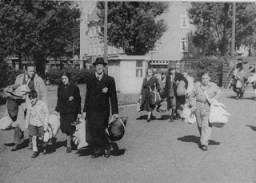
Learn more about the Netherlands during the Holocaust and the fate of Dutch Jews after the 1940 German invasion.
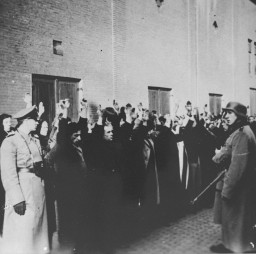
Blitzkrieg, meaning "Lightning War" in German, was Germany’s strategy to avoid a long war in the first phase of World War II in Europe.
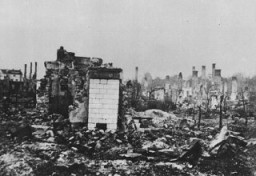
Hitler was determined to overturn the military and territorial provisions of the Versailles treaty, among it was much resented loss of the city of Danzig after WWI.

Adolf Hitler was determined to overturn the military and territorial provisions of the Treaty of Versailles. Learn more about Nazi German territorial aggression before WWII.
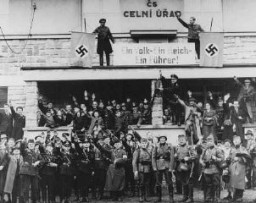
Learn about a group of Jewish men and women from Palestine who parachuted into German-occupied Europe to organize resistance and aid in the rescue of Allied personnel
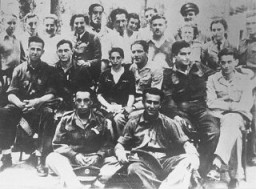
Facing overwhelming odds, Jews throughout occupied Europe attempted armed resistance against the Germans and their Axis partners.

In August 1941, Kamenets-Podolsk became the site of a mass killing of Jews. This was one of the first large-scale mass murders of the Final Solution.
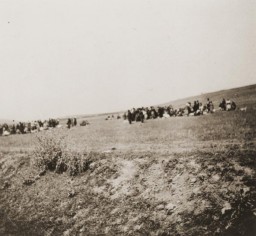
Between 1940 and 1944, Latvia was occupied by the Soviets and then by the Germans. These occupations had grave consequences for Jews in Latvia. Learn more.
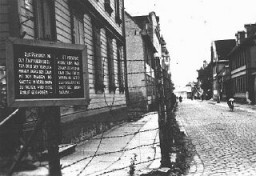
As part of the Holocaust, the Germans murdered about 90% of Jews in Lithuania. Read more about the tragic experience of Lithuanian Jews during World War II.
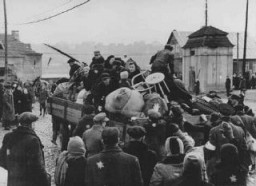
The European rail network played a crucial role in the implementation of the Final Solution. Millions were deported by rail to killing centers and other sites.
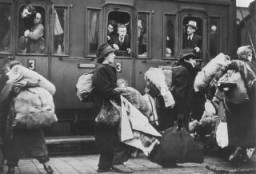
Learn more about Rome, Italy during the German occupation between 1943-1944 and the fate of the Jews living there.
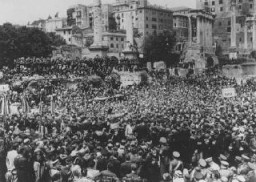
Learn about the German annexation of Austria, the establishment of Nazi camps, Kristallnacht, and deportations from Austria during the Holocaust.
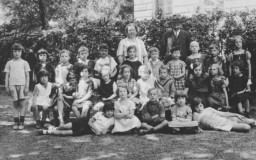
Between 1940 and 1944, Estonia was occupied by the Soviets and then by the Germans. These occupations had a dramatic impact on Jews in Estonia. Learn more.
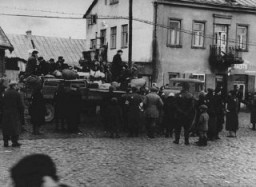
Jasenovac camp complex operated between 1941-1945 in the so-called Independent State of Croatia. Learn more about conditions and prisoners at Jasenovac.
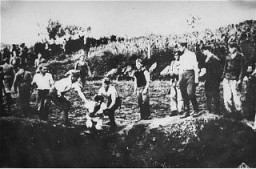
Berlin was home to Germany’s largest Jewish community. It was also the capital of the Third Reich and the center for the planning of the "Final Solution."
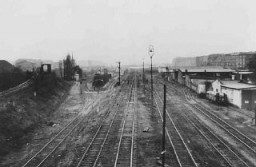
Bulgaria joined the Axis alliance on March 1, 1941, after the Germans offered them Greek territory in Thrace. Learn about Bulgaria during WWII and the Holocaust.
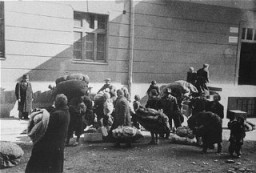
Nazi Germany annexed Austria in March 1938. Learn about Austria’s capital, Vienna, which at the time was home to a large and vibrant Jewish community.
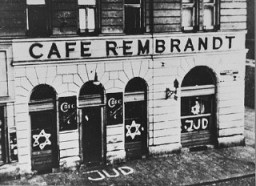
Nazi Germany invaded Paris in May, 1940. Learn more about Paris during World War II and the fate of the Jewish population.
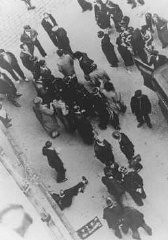
Learn about the Gross-Rosen camp, including its establishment, prisoner population, subcamps, forced labor, and liberation.
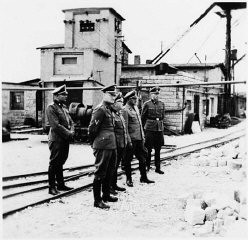
The Axis powers invaded Yugoslavia on April 6, 1941. Learn about the Axis invasion and partition, collaboration, and the fate of Jewish people living in Yugoslavia.
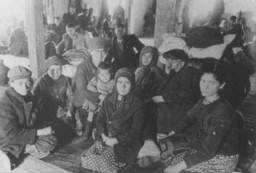
Towards the end of 1940, Hungary joined the Axis powers and invaded Yugoslavia and the Soviet Union. Learn more about Hungary before the German occupation.
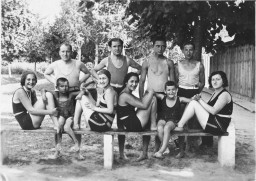
The Nazis invaded Hungary in 1944 to prevent the government from negotiating an armistice with the Allies. Learn more about conditions in occupied Hungary.
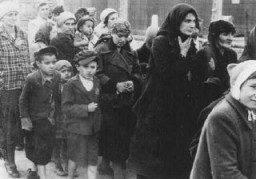
Germany invaded Norway on April 9, 1940. Read more about this invasion, the collaborator Vidkun Quisling, and the tragic fate of Norway’s Jews.
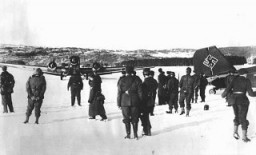
Learn about the prewar Jewish community of Tarnow, German occupation, deportations and killings of the Jewish population, ghettoization, and resistance.
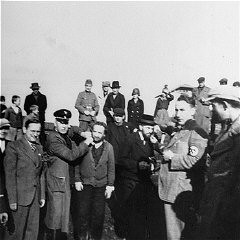
After WWII, many Holocaust survivors, unable to return to their homes, lived in displaced persons camps in Germany, Austria, and Italy. Learn about the experiences of Jewish DPs.
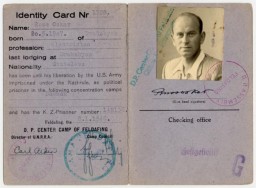
German forces occupied Riga, Latvia in July 1941. Learn more about the establishment of the Riga ghetto, mass shootings of Jews, and Jewish resistance.
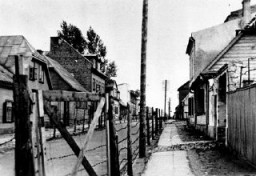
To perpetrate the Holocaust, Nazi Germany relied on the help of allies and collaborators from across Europe, including governments, institutions, and individuals.
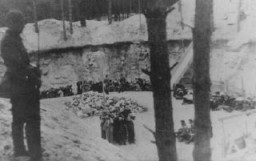
After the Nazi rise to power in 1933, the German system of justice underwent "coordination" (alignment with Nazi goals). Learn more about law and justice in the Third Reich.
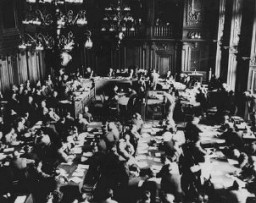
Learn more about the plight of Jewish refugees who attempted to escape Germany between 1933 and 1939.

Many Jews sought to leave Germany after the Nazi rise to power. After WWII began, escape from areas under Nazi control became increasingly difficult or impossible.

Even before joining the Axis alliance in 1940, Romania had a history of antisemitic persecution. Learn more about Romania before and during World War II.
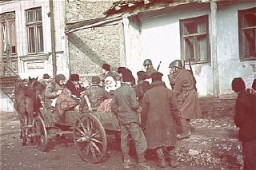
In September 1939, the Germans launched a campaign of terror intended to destroy the Polish nation and culture. Learn more about the German occupation of Poland.
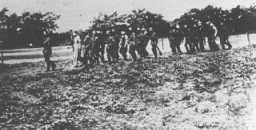
As Germany conquered much of Europe, the concentration camp system expanded in size, function, and number of prisoners. Learn about concentration camps from 1939–1942.
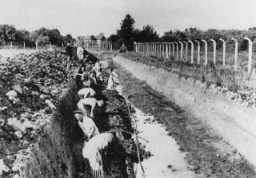
Learn about the Nazi concentration camp system between 1942 and 1945. Read about forced labor, evacuations, medical experiments, and liberation during this period.
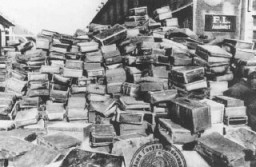
At the Wannsee conference of January 1942, Nazi Party and German government officials gathered to coordinate implementation of the “Final Solution to the Jewish Question.”
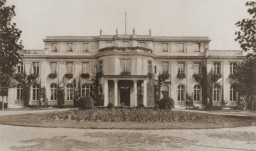
Between 1939-1942, Nazi Germany invaded multiple countries across Europe. Learn more about German expansion during World War II.
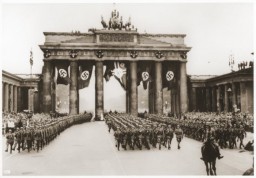
Learn more about the Soviet occupation of Europe before and after the defeat of Nazi Germany and the end of World War II.
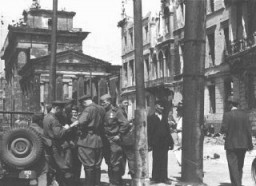
Learn more about how and why Nazi German SS and police units, including the Einsatzgruppen, perpetrated mass killings of Jews in the occupied-Soviet Union.
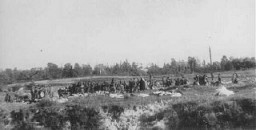
Jewish groups worldwide helped rescue thousands during the Holocaust. Read more about efforts to save Jews from Nazi persecution and death.
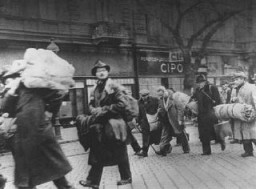
We would like to thank Crown Family Philanthropies, Abe and Ida Cooper Foundation, the Claims Conference, EVZ, and BMF for supporting the ongoing work to create content and resources for the Holocaust Encyclopedia. View the list of donor acknowledgement.